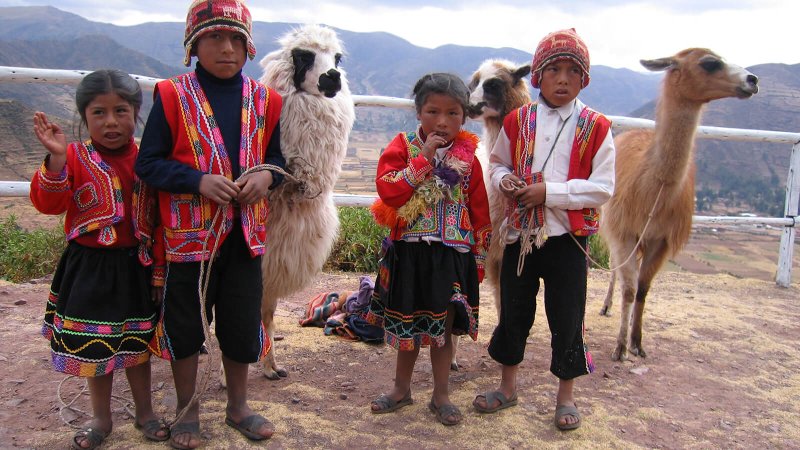Hundreds of genes influence how tall a person is, but most make an imperceptible difference—perhaps a millimeter, for example. Now, a group studying the genetics of Peruvians, one of the world’s shortest populations, has turned up a gene variant that cuts a person’s height by more than 2 centimeters, on average. “It’s amazing that they saw such a change,” says Emma Farley, a genomicist.
…
Short Peruvians have a version, or allele, of a gene called FBN1 that differs by one base from the gene’s usual DNA sequence. That subtle shift alters an amino acid in a carbohydrate-coated protein called fibrillin-1, which provides structural support in connective tissue. Other FBN1 mutations are known to affect height in rare disorders: Marfan syndrome, which affects the skeleton, heart, and eyes and generally produces tall, thin people; and “stiff skin” syndrome, marked by shortness and a very thick, hard skin.
…
Her group estimates that 5% of Peruvians carry the newly identified FBN1 allele, suggesting that evolution has favored short stature and perhaps thick skin among Peruvians. Many live at high altitudes, and animal studies show that species living at such elevations tend to be smaller, an apparent evolutionary adaptation to the scarcity of food in those places. Thick skin might also protect the body from the strong ultraviolet light at high altitudes.
Read full, original post: Study of short Peruvians reveals new gene with a major impact on height































